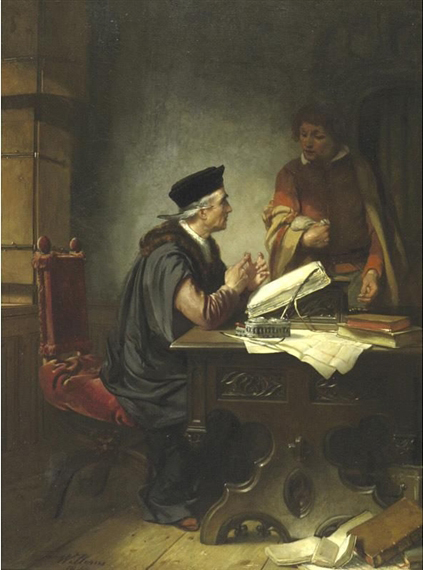
No, this is not a modern-day technology Aesop fable.
But it is yet another observation in the neck-breaking evolution of the Internet of Things narrative in which eye candies tend to divert attention away from critical business functions such as customer billing.
The Internet of Things is transforming every business. Early discussions about IoT were all about connecting industrial assets, but as the technology is maturing to become the fuel of the connected enterprise, its impact is going to be profound, touching every part of the business and every function in its value chain.
Even accountants recognize the potentially disruptive impact IoT is going to have on their profession. An article titled The Internet of Things: The CPA’s Role in the New World of Business, published by the Pennsylvania Institute of Certified Public Accountants, suggests that “the duties of CPAs will continue to transform and integrate with IT systems, possibly leading to consolidation”.
New Revenue Streams
Product and service companies typically begin the transformation by utilizing IoT as a means to improve operational efficiency, but increasingly, they are looking for ways to exploit this connectivity to establish new value through customer engagement models that drive new profitable recurring-revenue services.
IoT Billing
These new customer engagement models must accommodate customer billing needs that are far more complex, multifaceted, and dynamic than traditional billing systems.
IoT billing systems must be flexible and agile, and cannot be bound by traditional transaction-based mindset. They need to be able to handle new business models that manage high volumes of low-margin transactions, and structured as thousands of micro services per account. Furthermore, they must provide mandatory governance mechanisms that are highly dynamic and aren’t bound to a certain business, locale, or jurisdiction.
Indeed, an MGI Research report claims that 44% of companies see their legacy billing systems as a barrier to business growth.
From Connected Assets to Cash
IoT as a business strategy is still in its early stages. Early investment and technology deployment concentrated on building connectivity platform and data analytics tools, and has not gotten around to creating and improving other systems and tools to help organizations complete the value chain to facilitate an effective and efficient connected assets to cash process.
Customer Retention and Revenue Leakage
IoT customer administration and recurring-revenue management are fundamentally different from one-time product sale transactions. Companies seeking IoT-based growth opportunities need to focus on effective customer retention and mitigation of revenue leakage.
Configure, Don’t Code
IoT solution providers will need to bring to market new pricing models with flexibility and agility to stay ahead of the competition. Leading companies will strive to realize a single platform to manage customer engagements and pricing for multiple services.
Such platform needs to be configurable for multiple types of customer accounts that manage a large number of high-volume micro services, and supporting the provisioning and administration of connections in bulk.
The same platform will also support the partner ecosystem and multiple business constructs to support a range of customer business needs. It enables rapid partner on-boarding in any number of multiple business models, including white-labeling and embedded products.
The enterprise transformation fueled by the Internet of Things and the rapidly evolving business practices cannot be supported by traditional IT. Enterprise thinking and IT systems design must shift from software application coding to highly configurable software platforms.
Image: The Accountant (Florent Willems)
